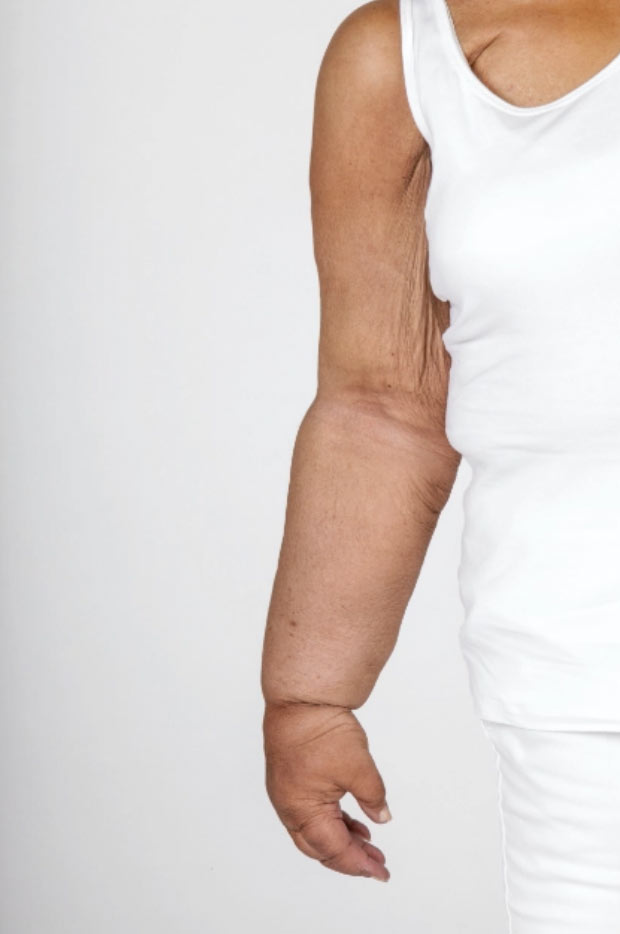Improving Survivorship for Cancer Patients
Why early detection and intervention is important to your patient’s survivorship.
“We’re aware that lymphedema was happening, we weren’t really sure who was going to get it or exactly what the triggers were.”
– Dr. Pat Whitworth, Breast Surgeon, Nashville Breast Center
Early Detection & Intervention are Key
The opportunity to prevent lymphedema is before noticeable swelling exists
92%
of patients did not progress to chronic lymphedema with early detection using L-Dex and intervention through 3 years5
Early Detection & Treatment
Early Lymphedema

Simple at-home treatment:
- Compression
- Stretching
- Self massage
Chronic Lymphedema

Complex treatment:
- Decongestive physiotherapy
- Mechanical pumps
- Surgery
Testing for Early Lymphedema is Easy
L-Dex® testing with the
SOZO® Digital Health Platform
- Fast
- Non-invasive
- Easy-to-use
Test at any location, review
results on the device or online
- Hospital
- Cancer Center
- Outpatient Clinic
- Physician Office
- Rehabilitation
- Radiology

Resources
References
- American Cancer Society. Cancer Facts & Figures 2022. Atlanta: American Cancer Society; 2022. https://www.cancer.org/content/dam/cancer-org/research/cancer-facts-and-statistics/annual-cancer-facts-and-figures/2022/2022-cancer-facts-and-figures.pdf.
- Shaitelman SF, et al. Recent Progress in the Treatment and Prevention of Cancer-Related Lymphedema. CA Cancer J Clin. 2015;00:00–00.
- Brown JC,et al. The Prevalence of Lymphedema Symptoms among Long-Term Cancer Survivors with or at-risk for Lower Limb Lymphedema. Am J Phys Med Rehabil. 2013 March; 92(3): 223–231. https://doi.org/10.1097/PHM.0b013e31826edd97.
- Herd-Smith, A., et al., Prognostic factors for lymphedema after primary treatment of breast carcinoma. Cancer, 2001. 92(7): p. 1783-7.
- Ridner SH, et al. A Comparison of Bioimpedance Spectroscopy or Tape Measure Triggered Compression Intervention in Chronic Breast Cancer Lymphedema Prevention. Lymphatic Research and Biology 2022.